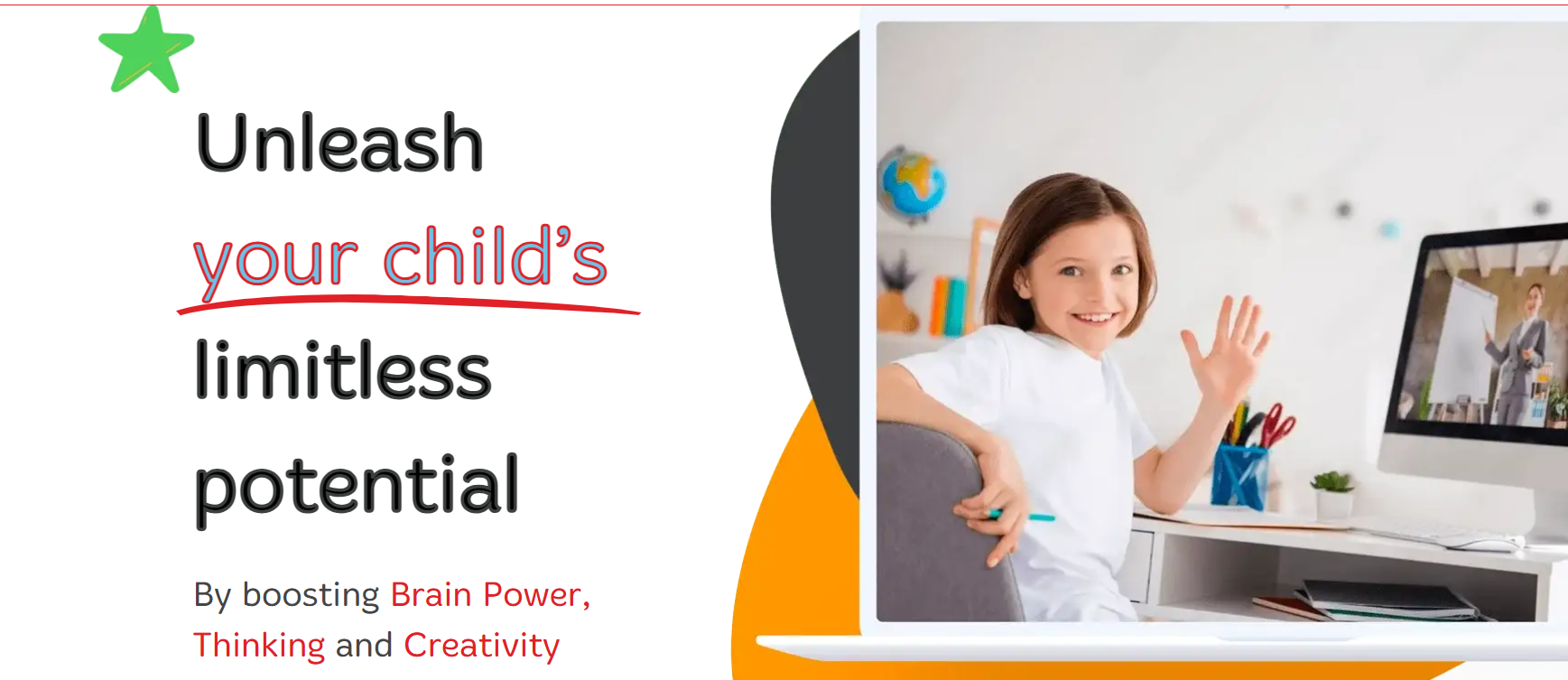TL;DR: How to Structure a Tutoring Session
- Structuring a tutoring session boosts learner engagement, retention, and measurable outcomes.
- A clear beginning, middle, and end helps students stay focused.
- Wise, the most advanced tutor management software, helps tutors streamline tutoring lessons, track progress, and automate admin work.
- Real examples highlight the power of well-structured tutoring sessions in improving both learning speed and understanding.
Introduction
A tutoring session that follows a clear structure can make a huge difference in student learning. Whether you teach math, English, coding, or test prep, a well-planned tutor session keeps your students engaged, reduces confusion, and delivers consistent results.
Let’s explore how you can design each tutoring session for maximum impact, step by step.
Why Structure Matters in a Tutoring Session
Think of a tutor session as a mini-lesson with a purpose. If your student enters unsure of what to expect and leaves feeling confused, even the best material won’t help. A structured session creates:
- Predictability, which builds trust
- Focused learning time
- Better retention of key concepts
- Clear measurements of progress
For example, a math tutor in Austin, Texas, uses structured tutoring lessons to break down each hour into segments, starting with 5 minutes of review, followed by 40 minutes of problem-solving, and ending with a quick recap quiz. Her students show a 30% improvement in weekly scores using this approach.
Structuring Tutoring Sessions
The following steps are helpful in structuring a tutoring session and taking your tutoring business to new heights:
Step 1: Set Clear Learning Goals
Before any tutoring session, define the learning outcome. What should the student understand, solve, or practice by the end?
How to Set Goals:
- Use SMART goals (Specific, Measurable, Achievable, Relevant, Time-bound).
- Involve the student in goal setting to boost ownership.
- Break larger goals into smaller weekly targets.
Example: If you’re teaching essay writing, your session goal could be: “By the end of this session, the student will be able to write a five-sentence thesis paragraph using a template.”
Step 2: Start With a Quick Warm-Up
The first 5-10 minutes should activate the student’s prior knowledge and get them ready to learn, set the tone, and reduce anxiety.
Ideas for Warm-Ups:
- Quick quiz from the last session.
- “What do you remember?” recap.
- A simple puzzle or brain teaser related to the topic.
Tip: Many tutors use Wise’s scheduling feature to automate reminders and attach warm-up materials before each tutoring session begins, which keeps students prepared and punctual.
Step 3: Introduce New Content Clearly
Now, it’s time to dive into the core of your tutoring curriculum. Present the new concept using visuals, examples, and relatable analogies.
Use the “I Do, We Do, You Do” Method:
- I Do: You explain the topic with an example.
- We Do: You work through an example together.
- You Do: The student tries it independently.
This method ensures that students don’t just watch; they learn by doing.
Example: A science tutor in Chicago follows this exact method while teaching Newton’s Laws. Her students use Wise to track assignments and submit questions post-session.
Step 4: Practice and Active Learning
After introducing the topic, students should immediately apply it. Practicing solidifies understanding.
Tips for Effective Practice:
- Use real-world examples.
- Let students solve 3–5 problems or write brief answers.
- Offer immediate feedback.
Bonus: Turn practice into a game using Wise’s built-in gamification tools. Award badges for correct answers or completing assignments on time are especially helpful for younger learners.
Step 5: Ask for Student Reflection
Pause to ask the students what they understood and what confused them. This reflection time strengthens memory and reveals weak spots.
Prompt Reflection With:
- “What’s one thing you learned today?”
- “What still feels tricky?”
- “Can you teach this to me in one minute?”
A SAT tutoring company in New Jersey uses this technique to track student feedback and make data-driven changes to their tutoring sessions. Over time, they noticed a 25% increase in test scores and fewer last-minute cancellations.
Step 6: Review and Summarize
Use the last 5-10 minutes to summarize key points, which solidifies learning and gives students a sense of accomplishment.
Quick Review Techniques:
- A 3-question mini-quiz.
- Student-led recap.
- Summary worksheet.
Wise allows tutors to store and auto-send recap notes after every tutor session, saving time while keeping both students and parents in the loop.
Step 7: Plan and Assign Homework
Don’t let the session end without a clear plan for what happens next. Assign light homework or activities to reinforce the lesson.
Keep Homework:
- Short and skill-focused.
- Directly tied to session goals.
- Easy to track through your LMS (Learning Management System).
Tip: Wise’s automation feature helps you assign and manage homework through your dashboard. You can also track completion and follow up in the next tutoring lesson.
Step 8: Schedule the Next Session and Set Expectations
Before the student logs off or leaves, lock in your next tutoring session and tell them what to expect.
Benefits of Confirming in Advance:
- Keep your calendar full.
- Gives students time to mentally prepare.
- Reduces last-minute no-shows.
Using tutor scheduling software like Wise, tutors can auto-schedule recurring sessions, send calendar invites, and even attach prep materials for the next lesson, which ensures every tutor session begins with clarity and purpose.
Common Mistakes to Avoid
Even experienced tutors sometimes fall into traps. Here’s what to watch out for:
- Cramming too much content into one tutoring session.
- Talking too much and not letting the student participate.
- Ignoring student feedback or skipping review time.
- Ending the session abruptly without a recap or next steps.
How to Personalize Each Tutoring Session for Different Learning Styles
While a structured tutoring session is essential, it’s equally important to tailor your approach based on how your student learns best. Not every learner responds well to the same style of instruction, and recognizing this can dramatically improve engagement and outcomes.
Identify Learning Styles Early
During the first few tutoring sessions, observe how your student reacts to different types of instruction. Are they more responsive to visual aids, spoken explanations, or hands-on tasks?
Common Learning Styles:
- Visual learners: Prefer diagrams, charts, flashcards
- Auditory learners: Benefit from discussions, read-alouds, and recordings.
- Kinesthetic learners: Learn best through movement, interaction, or building.
- Reading/Writing learners: Excel through note-taking, summarizing, and reading.
Example: A language tutor in San Diego noticed that one of her students consistently lost focus during reading exercises. She switched to using visual vocabulary maps and audio clips for pronunciation and saw a major improvement in both attention and recall.
How Wise Enhances Every Tutoring Session
Wise isn’t just for managing payments or bookings; it’s a full-stack platform designed to make every tutoring session more effective.
Wise Features That Help Tutors:
- Automated scheduling and invoicing so you focus on teaching, not admin
- Gamification to keep students engaged.
- Progress tracking to monitor academic growth.
- Session notes and homework tools to maintain continuity.
Did you know? Tutors who use Wise report spending 40% less time on admin work and gaining more student loyalty by providing a structured, reliable learning experience. Learn more about how Wise supports large tutoring businesses.
Summing Up
Every great tutoring session follows a journey: set goals, introduce new ideas, practice together, and reflect before closing. When done right, your tutoring lessons become more than just classes; they become stepping stones to student success.
And with tools like Wise, building this kind of structure isn’t just easy, it’s automatic.
Ready to transform your tutoring business? Visit Wise to see how you can power up your tutoring sessions with smarter planning and better outcomes.
FAQs about Tutoring Sessions
What is the ideal length for a tutoring session?
The optimal length of a tutoring session varies based on factors such as the student’s age and attention span. For younger students, sessions of 30 to 45 minutes are often effective, while older students may benefit from 60-minute sessions. It’s important to tailor the duration to maintain engagement and maximize learning outcomes.
How should I structure the beginning of a tutoring session?
Starting a tutoring session with a brief warm-up can activate prior knowledge and set a positive tone, which could include a quick review of previous material, a simple problem related to the day’s topic, or an engaging question to spark interest. This approach prepares the student for new learning and fosters a comfortable learning environment.
What are effective strategies for engaging students during a tutoring session?
To keep students engaged during a tutoring session, incorporate interactive elements such as discussions, problem-solving activities, and real-life applications of concepts. Adapting your teaching methods to align with the student’s learning style, be it visual, auditory, or kinesthetic, also enhances engagement and comprehension.
How can I assess student understanding at the end of a tutoring session?
Concluding a tutoring session with a summary and a few targeted questions can help assess the student’s grasp of the material. Encouraging the student to explain key concepts in their own words or solve a problem independently provides insight into their understanding and retention.
How does Wise enhance the management of tutoring sessions?
Wise is a comprehensive tutor management software that streamlines the administration of tutoring sessions. It automates scheduling, payments, and administrative tasks, allowing tutors to focus more on teaching. Additionally, Wise offers features like gamification to enhance student engagement and progress tracking to monitor academic growth.




